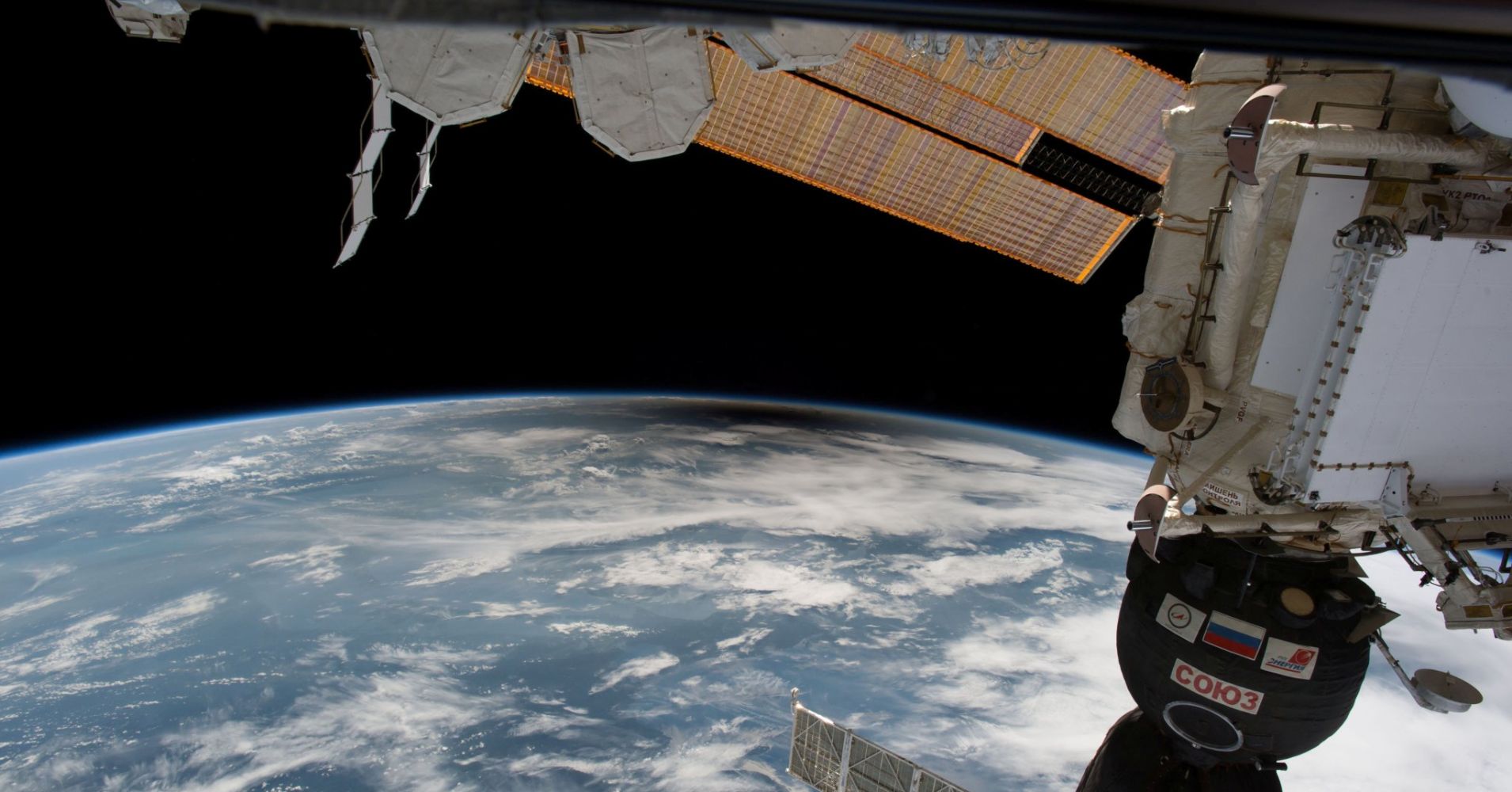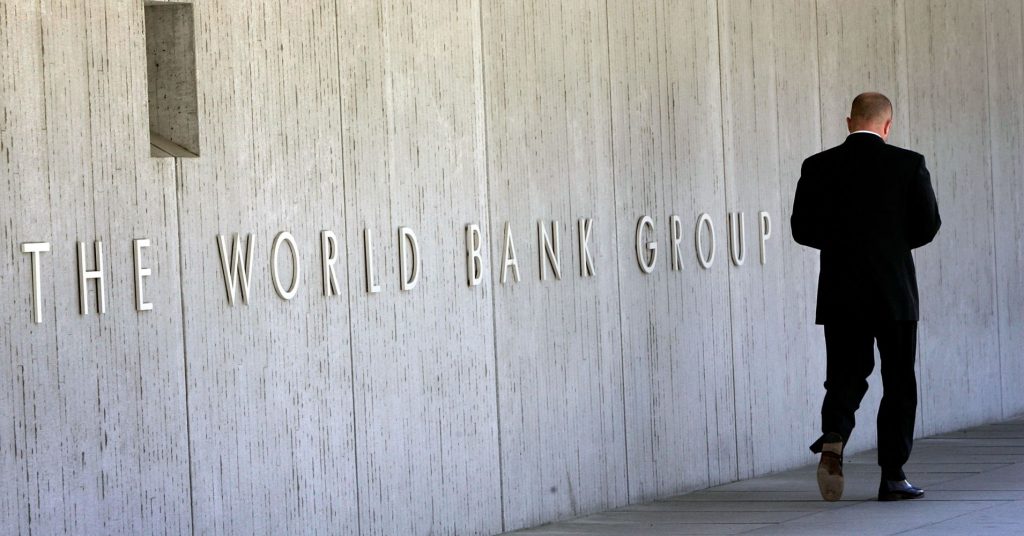
Alumni of SpaceX, NASA and Stanford University have formed a company that they say is on the cusp of building an internet-style service in space.
Headquartered in California, the firm — Audacy — is on a mission to provide the first commercial space-based data relay system and has claimed the network should be fully operational by 2020. The U.S. Federal Communications Commission (FCC) authorized a crucial license to the firm earlier this month.
The network will use two ground stations in San Francisco and Singapore to communicate with three linked Medium Earth Orbit (MEO) satellites that are scheduled to launch in 2019. MEO satellites are sited further away from Earth and so far have typically been used for GPS services.
At present, most commercial satellites sit in a Low Earth Orbit (LEO) and connect directly with one tower situated on the ground, only carrying information for one client at a time.
Audacy CEO Ralph Ewig told CNBC on Wednesday that the current commercial set up relies on “line of sight” and the window for contact can be reduced to 10 to 15 minutes for each pass.
Ewig said his plan is to network three satellites further away from Earth that the LEO satellites will communicate “up” to. This, in turn, will allow contact and data transfer to be maintained with Earth at all times.
“Audacy will deploy satellites at a high orbit which acts very much like cell towers on the top of a hill,” Ewig said, adding, “We can see all of our clients below us and they just communicate with the satellites that aggregate all the traffic and bring it down in just two locations on Earth.”
More than 20,000 satellites are forecast to enter service in the next five years and Ewig said that everyone was currently in a “fierce fight” to secure radio spectrum in order to transmit data to and from Earth.
“In space, everybody is out there essentially arranging their own phone line and there is a limit to how many you can have. The idea is to build something in space that allows multiple people to use it simultaneously in an efficient way,” he said.
The development is priced at $300 million and investment has been sourced from a mix of equity investment, project financing and customer deposits for future services.
Ewig said typical demand for the service would come from firms running Earth observation satellites.
“If you have mobile-type access to the information then you can provide information to critical applications such as shipping safety, weather information, iceberg movement or disaster information,” he said.
The Audacy boss said other users would include space firms that want to maintain constant contact with launch vehicles. He also claimed the data transfer would allow people in their homes to watch astronauts in real-time.
“We are doing this as a commercial business and money is important as that’s what attracts investment. But what is really driving me to do this to bring space closer to everyone and not just the small number of people going to space every once in a while.”
Prior to the launch of the three main satellites in 2019, Audacy is to launch two test satellites. The first, Audacy Zero, will leave on a Space X mission in the next few weeks and will be used to test radio spectrum and communication with ground stations.
The second, Audacy Lynq, will be installed on the International Space Station (ISS) to give commercial firms the use of up to 100 mbps (megabytes per second) of send and receive data to carry out experiments in space.

